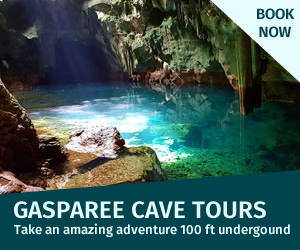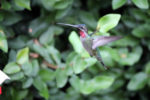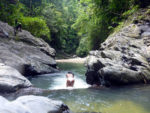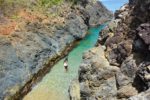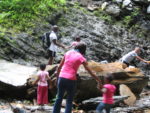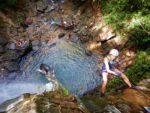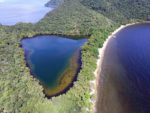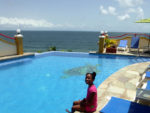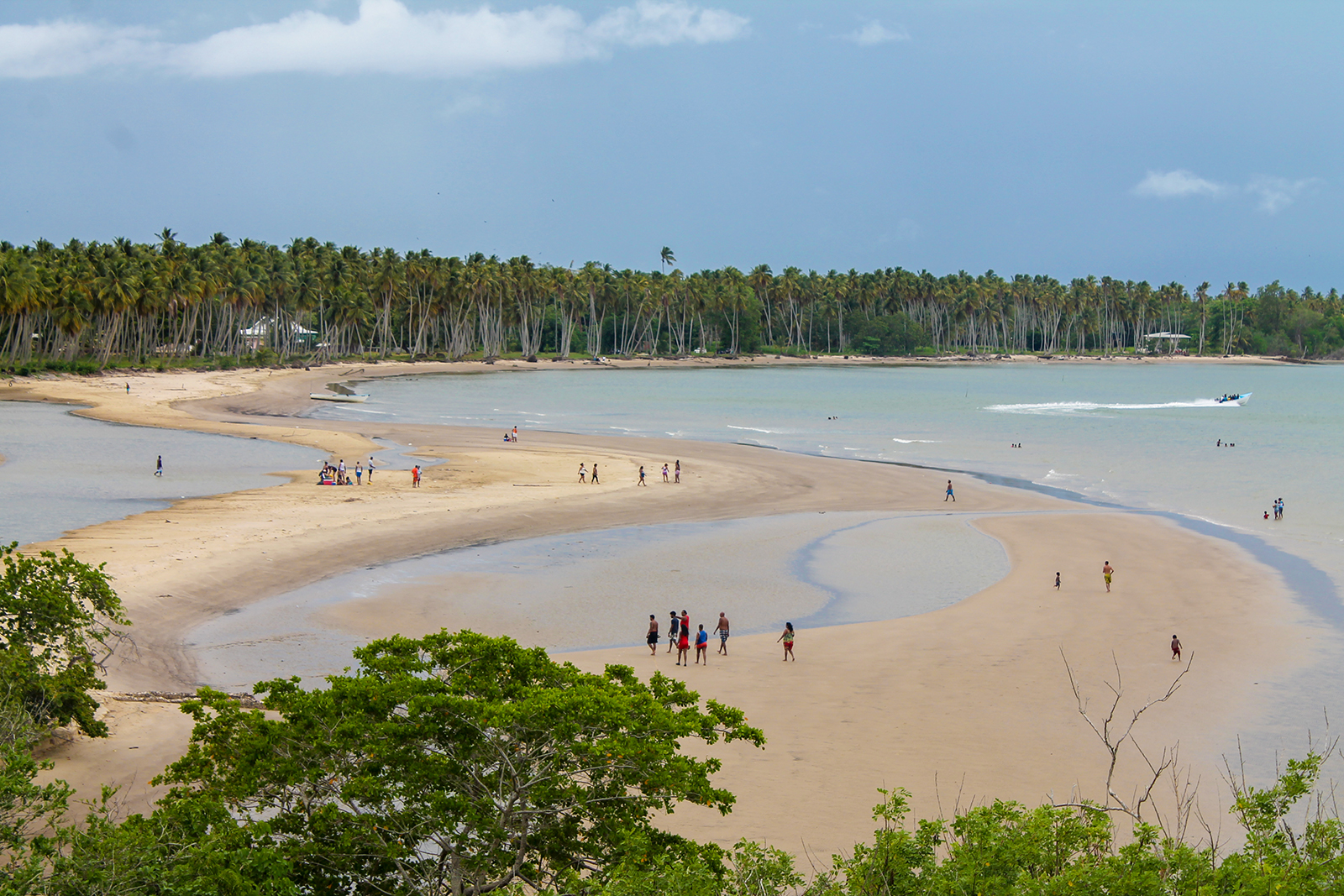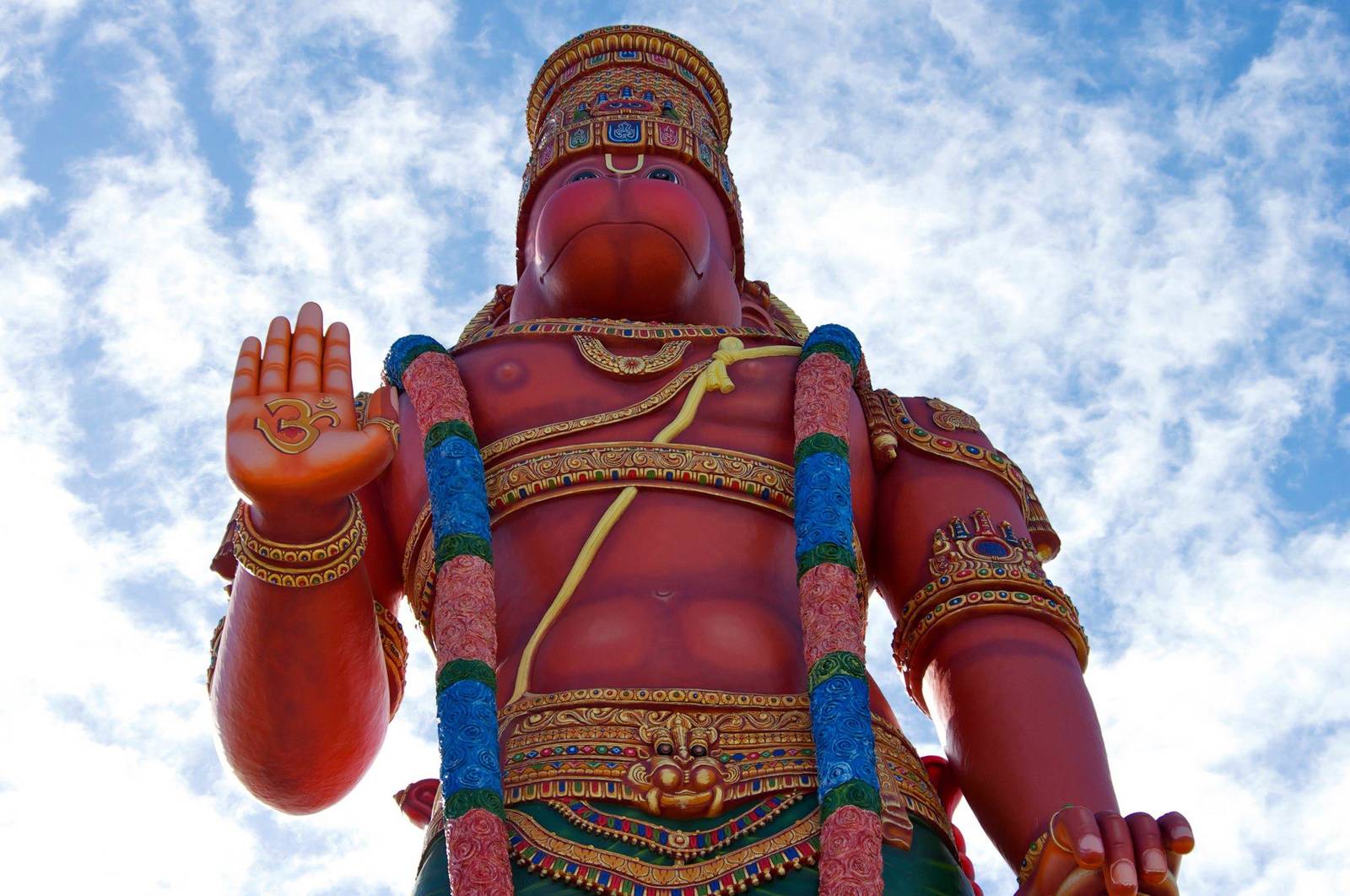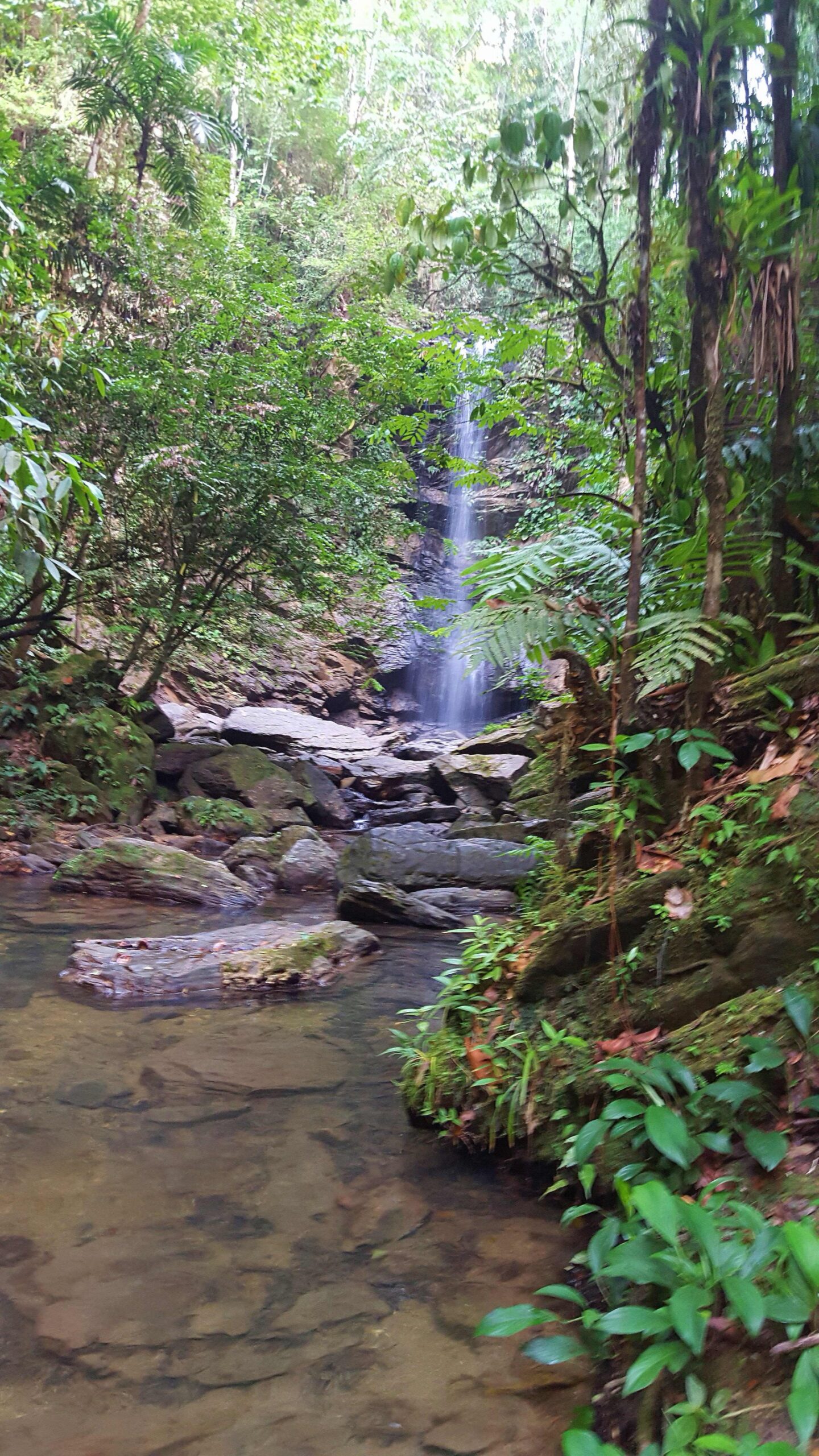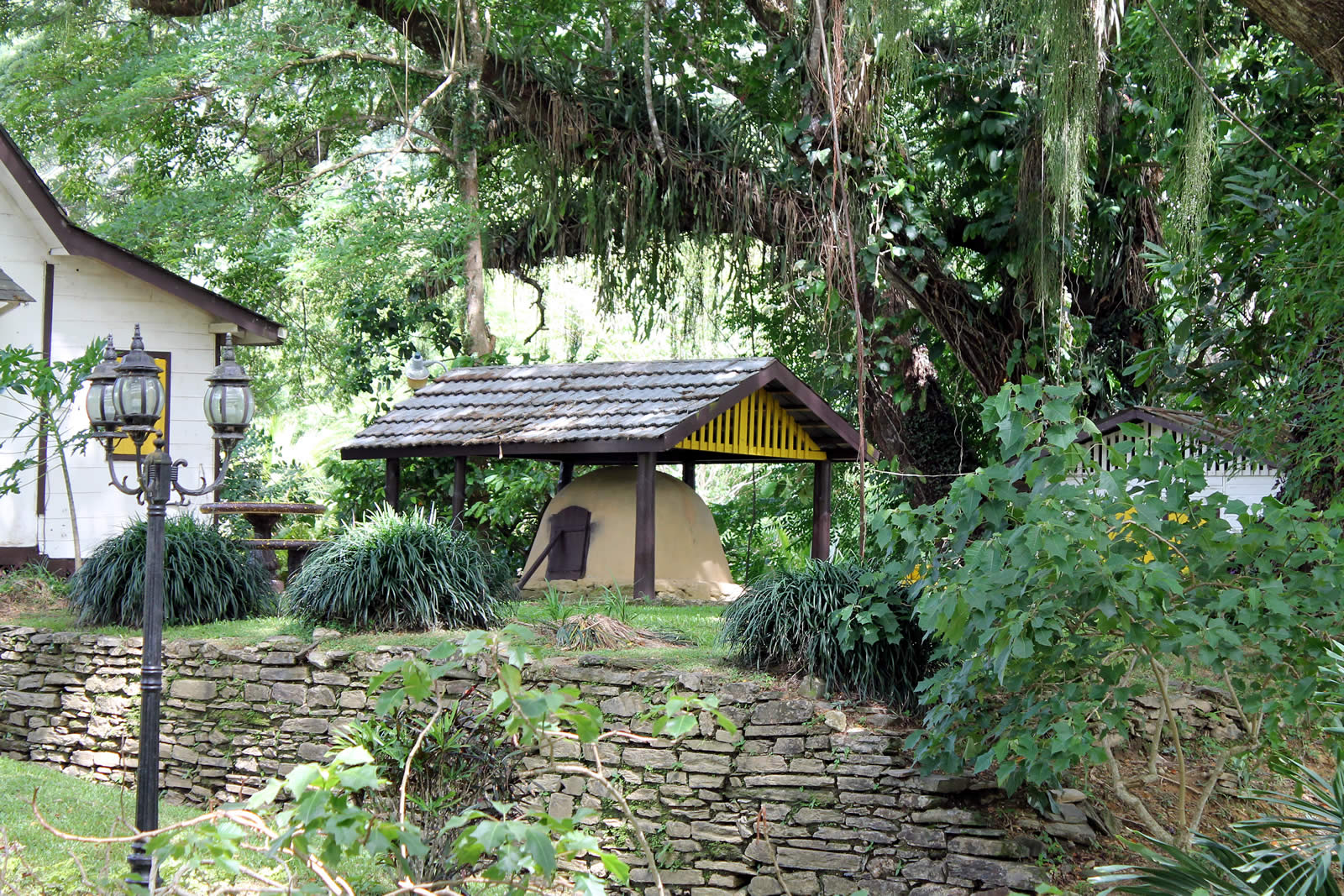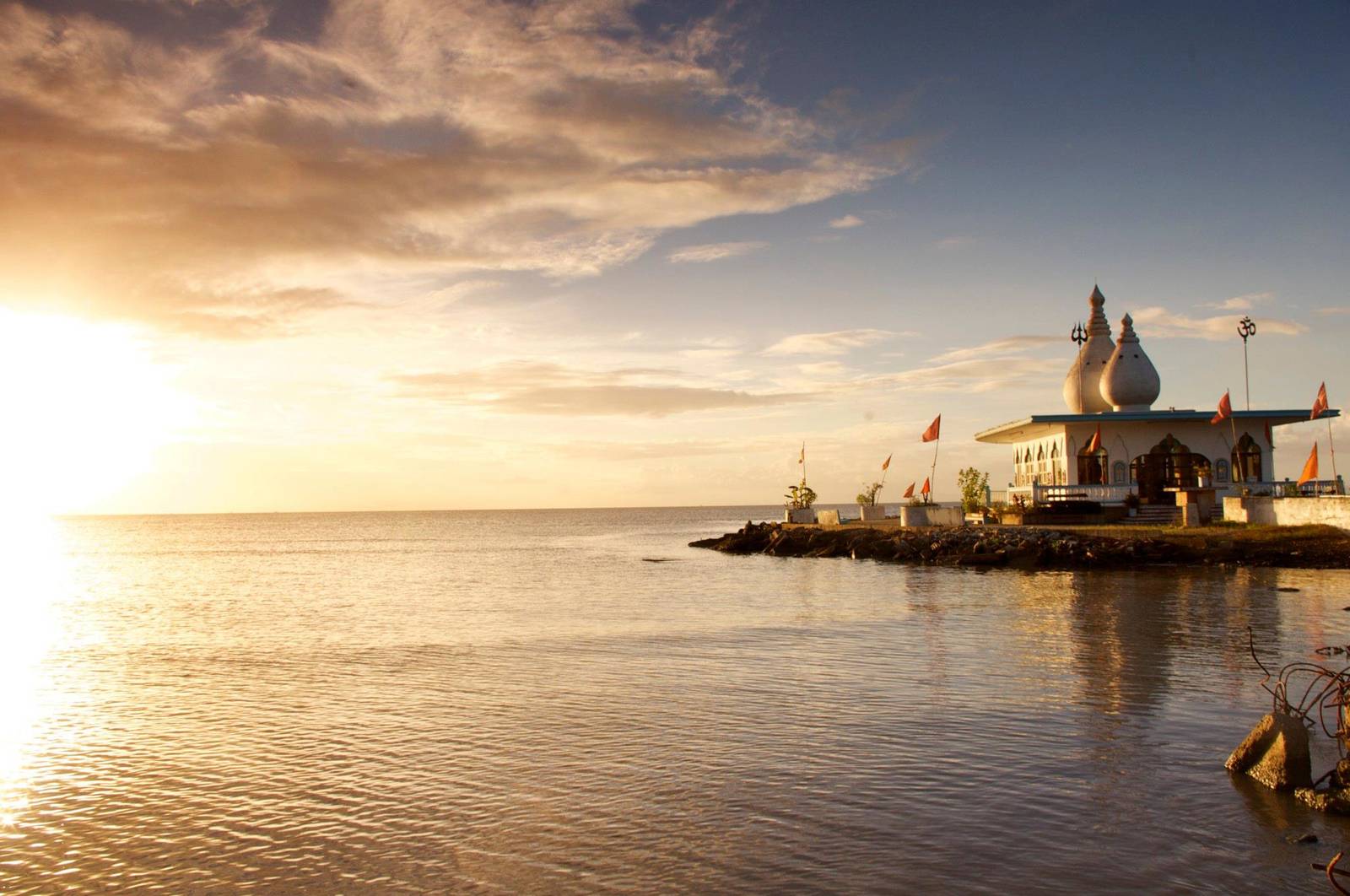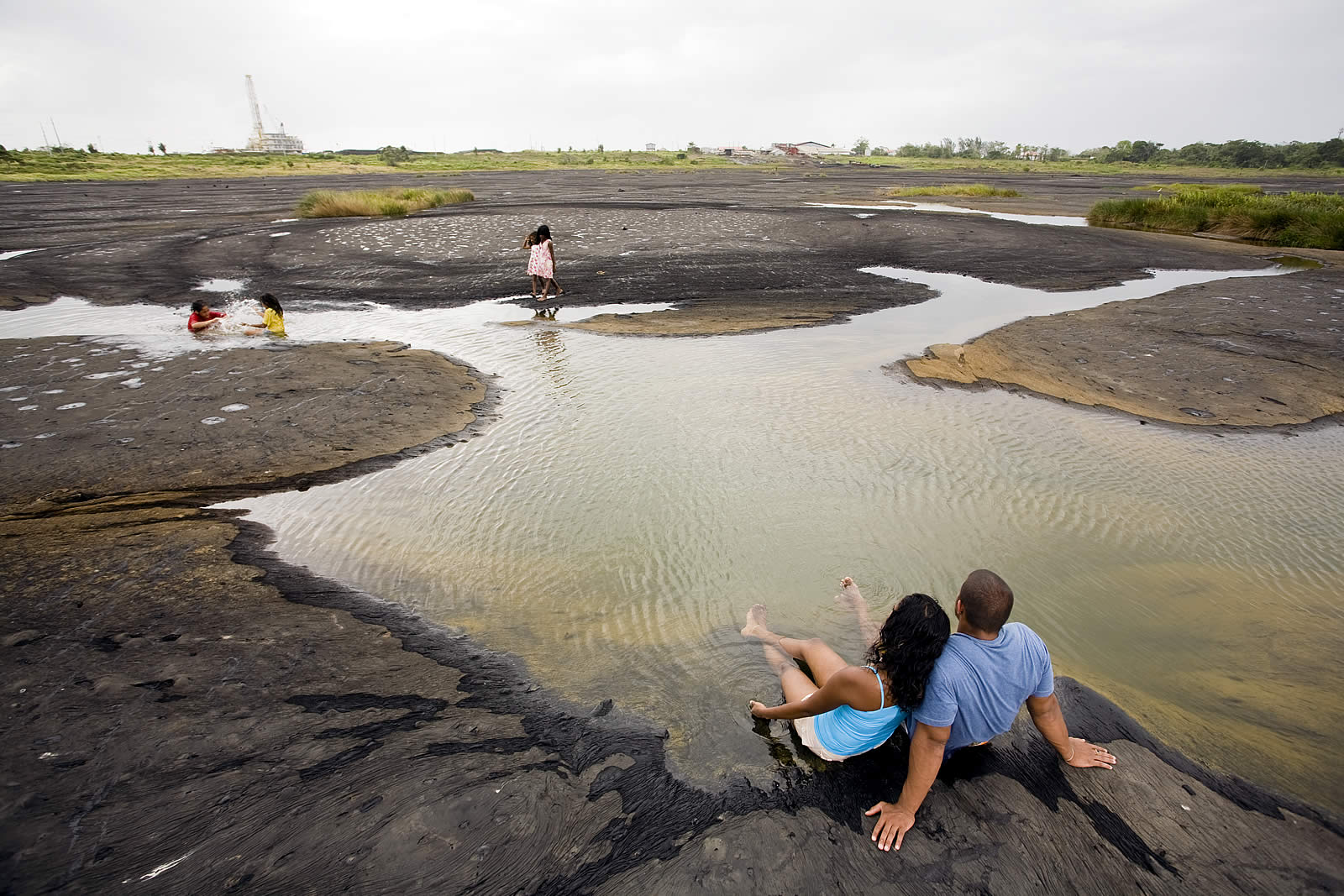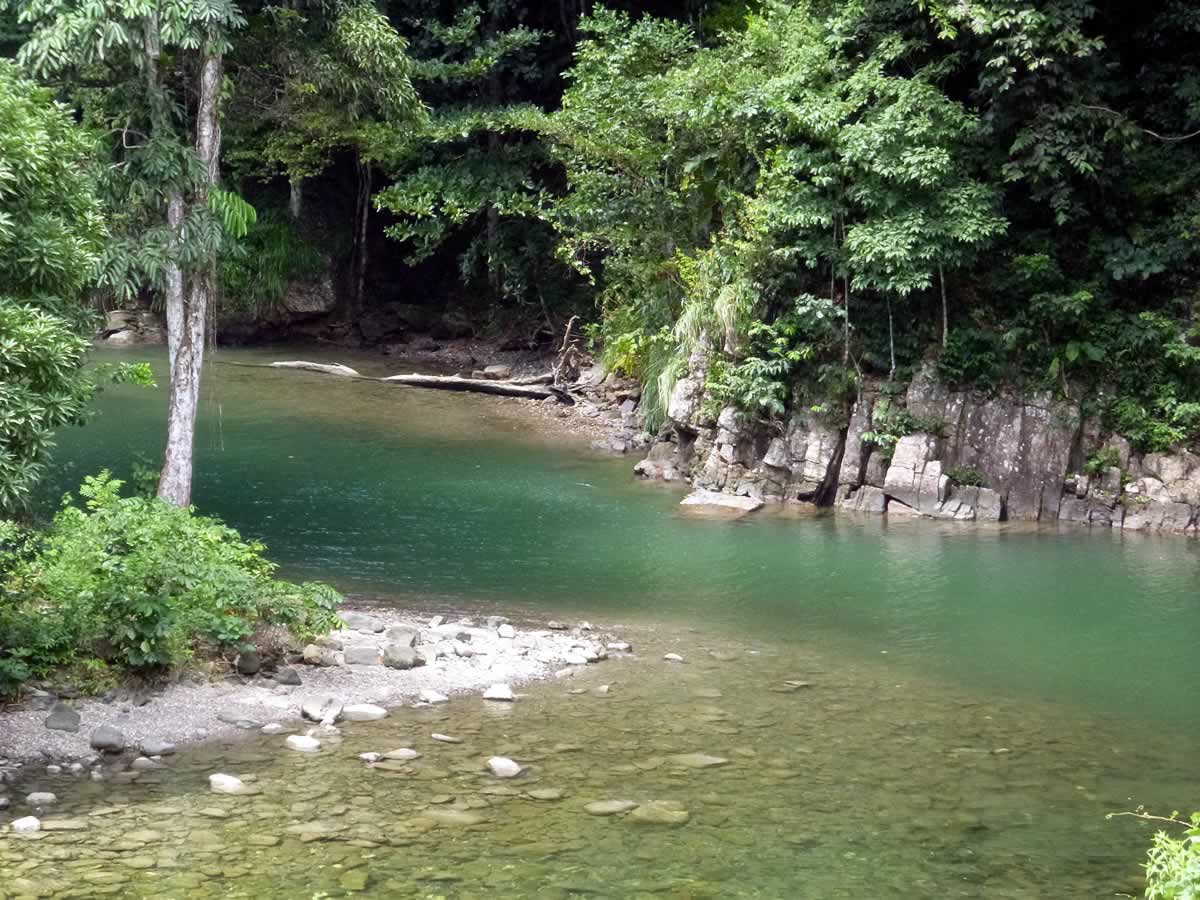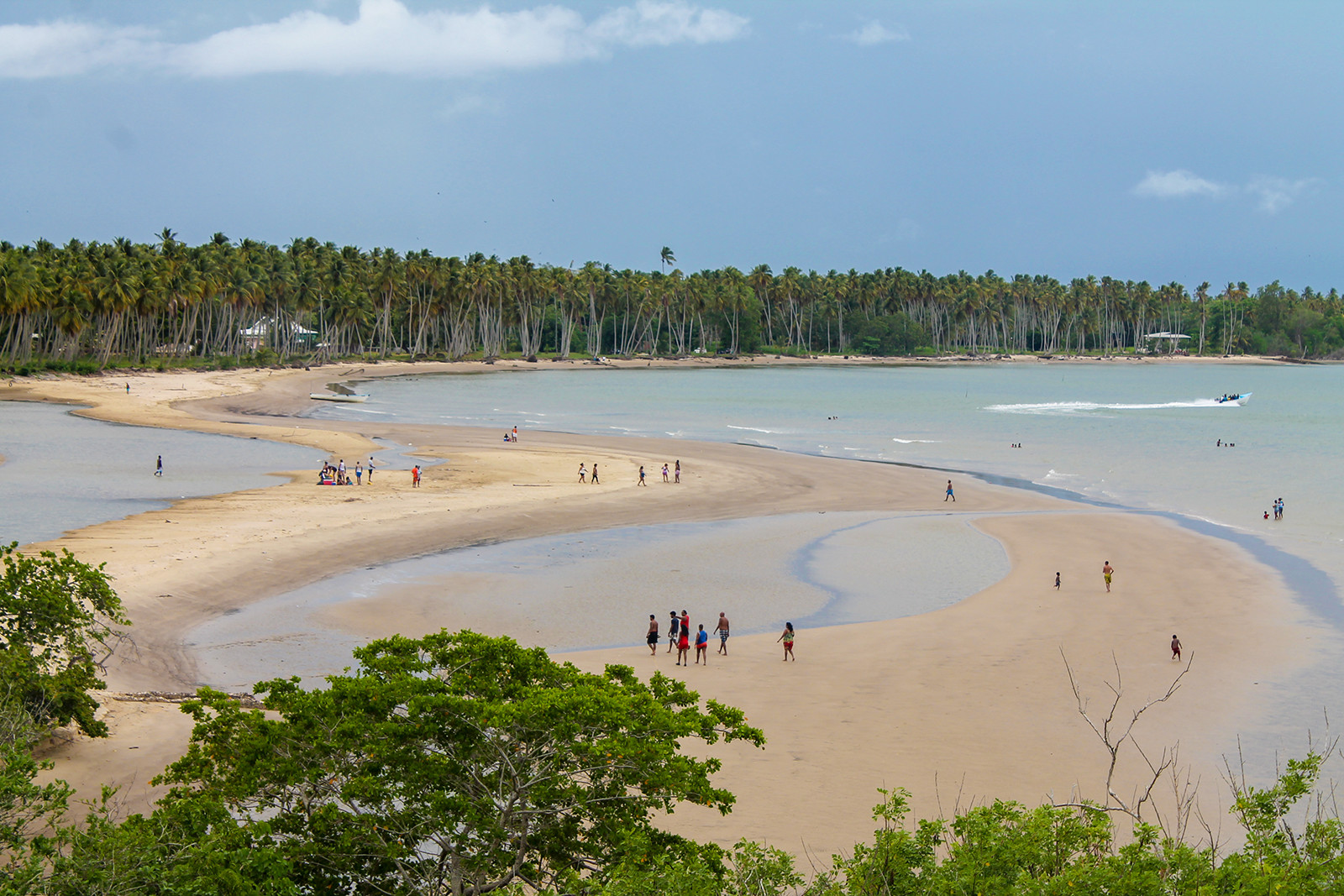
10 of the most unique hikes and tours in Trinidad
In Trinidad great adventure is around every corner! Although exactly where to find it seems to be a mystery to most persons – even locals. But with its tropical forests, island getaways, natural wonders, rich culture and history, Trinidad offers fantastic and unique destinations that are world class and awe-inspiring. Here are just 10 of them:
3Columbus Bay
Add to My Trip
With land formations and natural attractions such as a wetland, rock formations, caves, a coconut estate and the best part - calm waves, Columbus Bay is perfect for everyone.
The majestic Columbus Bay lies on the South-West peninsula of Trinidad. It is considered “deep south” by locals, as reaching the destination can take over three hours from the capital, Port of Spain and one hour and a half from San Fernando.
The extensive beach stretches over 4km in length. The waves that come to the shore from the Gulf of Paria are calm and ensure an enjoyable swim for all. The wide expanse of sand make it an ideal spot for a picnic or games on the beach. The adventurous can also explore various the land formations and natural features of the Bay.
Columbus Bay is bordered by two points, Los Gallos Point and Corral Point. On a good and clear day, it is possible to see the Venezuelan coast from Corral Point. An eroded headland stands at Los Gallos Point which adds to the unique beauty of the bay.
The remarkable sea caves and sandstone stacks were created by sea erosion caused by the continuous pounding action of the waves. There are three stacks standing in the midst of the bay known as the "three sisters". The upper beach is bordered by the Constance Coconut Estate, the largest coconut estate in Trinidad, and a small wetland is located in the central area of the shore on the bay.
It is believed that this is where Christopher Columbus first landed on the already inhabited Trinidad and Tobago on July 31st, 1498 on his third voyage. It is said that on the first night his ship was anchored on the beach, a gaint wave crashed against the ship causing it to lose its anchor. Today, the anchor can be seen at the National Museum.
485FT Hanuman Murti
Add to My Trip
A magnificent 85-foot tall statue of the Hindu god, Lord Hanuman located in the village of Carapichaima, Trinidad. Built built according to the Dravidian style of architecture of South India, this is the largest Hanuman murti outside India.
Hanuman is known as the best warrior among the Hindu gods since he protected the others from evil. He is considered the most revered disciple of Lord Rama for his efforts and bravery in defeating Ravan and assisting Lord Ram, Seeta and Ram's brother Lakshman. Devotees pray to him for strength, courage and protection. No wonder he stands tall at 85 feet on the grounds of the Dattatreya Yoga Center and Mandir in Carapachaima. His magnificence is a reminder to all devotees that they should grow in height spiritually. The statue, consecrated in 2003, is the tallest in the Western hemisphere and second tallest in the world. To get to the temple from Port of Spain:Proceed south on the highway. Continue in a southerly direction passing the Chaguanas Flyover then past the Chase Village Flyover until you're at the Freeport flyover. (Note a 'flyover', is Trini for overpass)Turn off the highway on the left and take a right turn which will take you below the highway. Continue driving until you reach an intersection with traffic lights. You proceed straight across the intersection. Drive for about 5 minutes until you reach a field on the left after a school. From here you can make a right to see the Yoga Center/Hanuman Murti or turn left and drive until the road ends at the Temple in the Sea.
5Avocat Waterfall
Add to My Trip
A breathtakingly awesome 50 foot waterfall with a lovely plunge pool for a rejuvenating swim.
Located just a short distance off the Arima/Blanchisseuse Road is the village of Avocat. Within this village lies one of the most mesmerizing eco destinations in Trinidad – Avocat Falls otherwise known as ‘Gran Fond Falls’ meaning “the river that comes from the sky” as named by the Amerindians. Landscaped by a wall of glistening bronze rocks and lush vegetation, one can enjoy a spray bath behind the curtain of falling water that thunders down into a Jacuzzi type pool below. The surrounding rocks also make a great springboard for jumping into the deep blue-green water below. As the pool flows downstream into the Marianne River, the calmness of the river mouth provides a relaxing swim and an ideal kayaking location. As you leave the Falls walking along the riverbank that leads out of the village, the nature trail on the opposite side takes you further into the Marianne Valley. The well-trodden path through the lively canopy is lined with Green and White lilies that creates an entrancing experience of nature’s woodland.
6Lopinot
Add to My Trip
Know as the home of Parang due to its Venezuelan heritage, Lopinot, a restored agricultural estate is the home of one of the most picturesque destinations in Northern Trinidad.
If you find yourself at Lopinot on a rainy night, you might be face to face with the ghost of Charles Joseph de Loppinot de la Fresilliere - a French Count who came to Trinidad in 1800 - as he roams about his estate house located in the northern village named after him. In 1806, Loppinot was granted 478 acres of land by the King of England and planted cocoa on this scenic area of agricultural land which he called La Reconnaissance. The restored estate house has been made into a small museum which displays some Amerindians artifacts. There is a recreational park and a savannah located to the north of the museum. Carat sheds are located along the river, especially for the picnickers who like to wade or even bathe in the cold water. Picnic benches and tables are also available for those who prefer shady trees and dry ground.
7Temple in the Sea
Add to My Trip
This Hindu Temple at Waterloo in Carapichaima, Trinidad is testament of one man’s love of Hinduism. The Temple was the 25-year attempt of Siewdass Sadhu to construct a worship centre at no-man’s land - the sea. Sadhu was denied land to build his beloved temple and took his struggle offshore, toiling and unloading buckets of dirt into the Gulf in an effort to create artificial land.
This Hindu temple was built through perseverance and strength. The Waterloo Temple, better known as Temple in the Sea, is an octagonal- shaped colourful structure. At the entrance of the temple, stands a statue of its designer Seedas Sadhu. Flags and statues adorn the temple’s perimetre. Before entering, you must remove your shoes because once inside, you are on holy ground. The beauty of reverence is reflected in the well-crafted murtis of Lord Hanuman, Lord Ganesh, Lord Shiva and Mother Durga and flowers adorned around them. The temple was first built in 1947 by indentured labourer Sadhu, whose dream was to build a place of worship. That dream was short lived as, five years later, it was destroyed by the government of the time since it was built on State-owned Caroni land. Not discouraged, Sadhu rebuilt the temple - this time in the sea to avoid the further incident. For the next 25 years, Sadhu dedicated himself to completing the temple. On his bicycle and in a leather bag, he carried stone by stone, assembling the base of the temple. In 1994, the government at the time helped finish the temple in commemoration of the 150th anniversary of the coming of Indians to the country. A pier was added to ensure the Waterloo Temple could easily be accessed during high tide.
8La Brea Pitch Lake
Add to My Trip
Located at La Brea in southwest Trinidad, the Pitch Lake is the largest natural deposit of asphalt in the world. Known to many as the 8th wonder of the world, the lake is the major supplier of asphalt to the international market.
Fondly called the "Eight Wonder of the World" by villagers is located on Trinidad’s south-western coast, the La Brea Pitch Lake, is still a source of amazement and mystery.
It is the largest commercial deposit of natural asphalt in the world - one of only three in known existence - and holds approximately 10 million tonnes of asphalt. A recent study connected to the European Space Agency, discovered there are living microbes beneath the asphalt’s surface, which may one day help answer the question whether or not life exists on other planets! Spanning some 109 acres, the lake appears like a huge oval-shaped car park, but on closer inspection, it looks like very dark clay, with rough undulating patches. Its asphalt has been used to pave roads and airport runways around the world, including the roadway in front of Buckingham Palace in England, La Guardia Airport in New York, the Lincoln Tunnel which connects New York to New Jersey, as well as numerous roads in several countries.
Visitors can walk on the surface and you might feel it is alive - with its hissing and burping sounds. Small pools of water form on it during the rainy season and you can bathe in them. They contain high levels of sulfur and villagers claim they are the fountains of life, good for curing anything from skin conditions to joint pain. British adventurer Sir Walter Raleigh claimed he 'discovered' the pitch lake in 1595 on his search for El Dorado. However, it was the Spanish who started to refine the pitch in 1792 and called it ’Tierra de Brea’, meaning land of pitch - the name eventually became La Brea.
First called ’piche’, the Amerindians believed it was created by the Gods as punishment. Legend has it the lake swallowed an entire tribe after they ate humming birds which were believed were the souls of their departed ancestors. To date, numerous Amerindian artifacts have been unearthed onsite, including a bench carved in the shape of an animal (with the carver’s name still clearly visible). Some of these can be viewed at the onsite museum. Indications of prehistoric life in Trinidad and Tobago have also been found - the rib and thigh of a giant sloth, along with a tooth identified as belonging to a mastodon. You can also enjoy the flora and fauna around such as water rose, nymph lilies, and bird of paradise. Bird watchers can enjoy glimpses of Herron, hummingbirds, kingfishers and sandpipers fluttering by. It’s best not to take on the pitch lake on your own - go to the Visitor Centre and ask for a tour guide - the experience will be worth it!
9Shark River
Add to My Trip
Shark River is beautiful river destination that is ideal for a good ’Trini’ river lime. With many shallow spots for wading complemented by deep crystal clear pools for swimming, it is a river that everyone can enjoy.
Shark River is beautiful river destination that is ideal for a good ‘Trini’ river lime. With many shallow spots for wading complemented by deep crystal clear pools for swimming, it is a river that everyone can enjoy. The clarity of the water is astounding and in deep areas, the surrounding lush vegetation gives the water an amazing emerald green tinge. Shark River, is so named because at one time visitors would witness sharks swimming up the river from the nearby Caribbean Sea. But have no fear, this has not occurred for some time and it is safe to swim in the beautiful water. Located between the villages of Grand Riviere and Matelot, it is a lovely destination to spend a relaxing day. Unlike many other river lime destinations, the banks of Shark River are equipped with concrete seating and tables for those who wish to have a meal. The more adventurous can explore upstream where you will discover various pools, gorges and waterfalls.
